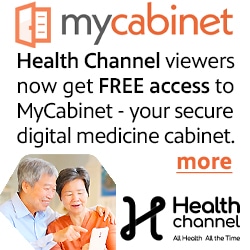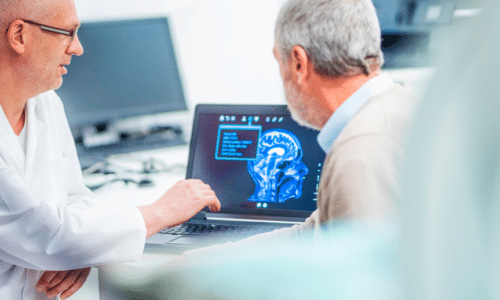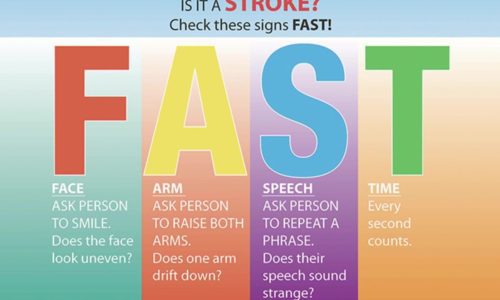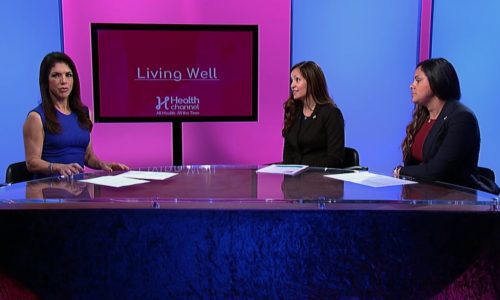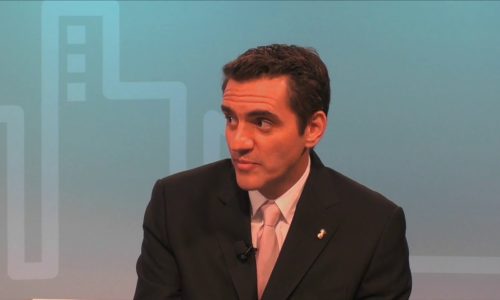Act FAST: Recognizing the Signs of Stroke Can Save Lives |

When it comes to strokes, time is of the essence. Knowing the signs and symptoms is crucial for both patients and healthcare professionals alike. In an interview with the Health Channel, Rosemarie Schwitzer, Advanced Registered Nurse Practitioner with West Kendall Baptist Hospital, sheds light on the acronym FAST, an essential tool that helps identify potential stroke cases promptly. Understanding and applying FAST can make a significant difference in the outcomes of stroke patients.
The acronym FAST serves as a simple and effective way to remember the primary indicators of a stroke. Not only is it crucial for patients to be aware of these signs, but healthcare professionals, including nurses, carry this acronym as a reminder and use it when evaluating patients.
F – Face: One of the initial signs to observe is facial drooping. Ask the person to smile, and check if one side of the face appears uneven or droopy. This could indicate muscle weakness or nerve damage, which are common symptoms of a stroke.
A – Arms: Ask the person to raise both arms simultaneously. If one arm drifts downward or appears weaker than the other, it could be a sign of muscle weakness or loss of coordination caused by a stroke. Pay attention to any difficulties or complaints expressed by the patient.
S – Speech: Communication is another crucial aspect to evaluate. Listen closely to the person’s speech. Are their words slurred or difficult to understand? Changes in speech patterns, such as sudden difficulty in forming words or expressing thoughts clearly, can be indicative of a stroke. Confirm with family members if the person’s speech sounds unusual compared to their normal patterns.
T – Time: Every second counts in stroke recognition and treatment. Time is brain, as healthcare professionals often say. It is essential to act quickly and seek medical attention as soon as stroke symptoms are suspected. Early intervention can significantly improve the chances of recovery and minimize potential long-term damage.
When a stroke occurs, panic and uncertainty can cloud judgment. However, being aware of the FAST acronym empowers individuals to take swift action and seek medical help promptly. Timely intervention can prevent further complications and potentially save lives.
Whether you are a family member, a friend, or a healthcare professional, familiarizing yourself with FAST can make a significant impact. By recognizing the signs of a stroke and understanding the urgency of the situation, you can ensure that the necessary medical interventions are initiated without delay.
Stroke is a serious medical emergency that requires immediate attention. The FAST acronym provides a clear and concise method to recognize the signs of a stroke promptly. Remember to assess the face for drooping, check for arm weakness or drifting, and listen for changes in speech. If any of these symptoms are present, time is of the essence—seek medical assistance immediately. By acting fast, we can help ensure the best possible outcomes for stroke patients, emphasizing the importance of time and early intervention in preserving brain function and quality of life.
To find out more about strokes and their potential causes, you can check out more videos on strokes on the Health Channel YouTube: https://www.youtube.com/watch?v=5uPhlf8Vwvg


